KYIV, Nov 19 (V7N) – Ukraine observed a somber milestone on Tuesday, marking 1,000 days since Russia's full-scale invasion. The conflict has claimed thousands of lives, displaced millions, and reshaped the region, with Kyiv enduring frequent drone and missile strikes as weary Ukrainian troops battle on multiple fronts. The ongoing war, now in its 33rd month, continues to take a toll on both the military and civilian population.
In a significant development, U.S. President Joe Biden authorized the use of U.S. missiles against deeper Russian targets, aiming to limit Russia's ability to launch attacks and supply the front. However, this policy shift faces uncertainty, as Donald Trump, who has expressed intentions to end the war quickly—though without clear specifics—prepares for a possible return to the White House in January. Experts caution that this military aid may not be sufficient to alter the course of the war, which has claimed hundreds of thousands of lives on both sides.
As Ukraine faces its bleak reality, the return of Trump to the U.S. presidency raises questions about the future of U.S. military support and the West's united stance against President Vladimir Putin. Additionally, the prospect of peace talks looms, with both sides seeking better positions on the battlefield ahead of any potential negotiations.
Ukraine Escalates as Russia Reinforces
Moscow has augmented its military support with Iranian drones, North Korean artillery shells, and ballistic missiles. It has also deployed 11,000 North Korean troops to the front lines, raising concerns that Pyongyang may contribute as many as 100,000 soldiers. Despite these reinforcements, Ukraine continues to hold parts of Russia's Kursk region, seized in August, which Kyiv hopes to use as leverage in future talks.
Winter brings additional challenges, as Moscow intensifies its aerial assault on Ukraine's power infrastructure, with a barrage of 120 missiles and 90 drones launched on Sunday—the largest aerial attack since August.
Ukraine’s Struggling Economy and Civilian Toll
The war's economic impact remains severe, with Ukraine’s GDP only recovering to 78% of its pre-war size, following a contraction of a third in 2022. Ukraine’s steel and grain industries, once pillars of its economy, have been hammered by the conflict.
On the human front, the U.N. Human Rights Monitoring Mission has confirmed 11,743 civilian deaths, though Ukrainian officials believe the true toll is much higher. President Volodymyr Zelenskiy has said Ukraine will pursue diplomatic solutions to end the war by next year, but he has ruled out any ceasefire without sufficient security guarantees.
Russia's Demands and the Stalled Minsk Talks
Russia's demands remain unchanged, insisting that Ukraine relinquish territories and abandon its NATO ambitions. The Kremlin also seeks to retain control of four Ukrainian regions partially held by Russian forces—conditions that would amount to Kyiv's capitulation. As Zelenskiy continues to reject talks that would lead to territorial concessions, Ukraine honors the fallen with small flags in Kyiv’s Independence Square.
Following German Chancellor Olaf Scholz’s call to Putin, Zelenskiy expressed concern that such diplomatic moves might reduce the Russian leader’s isolation, emphasizing his opposition to returning to the failed Minsk talks.
END/WD/RH/



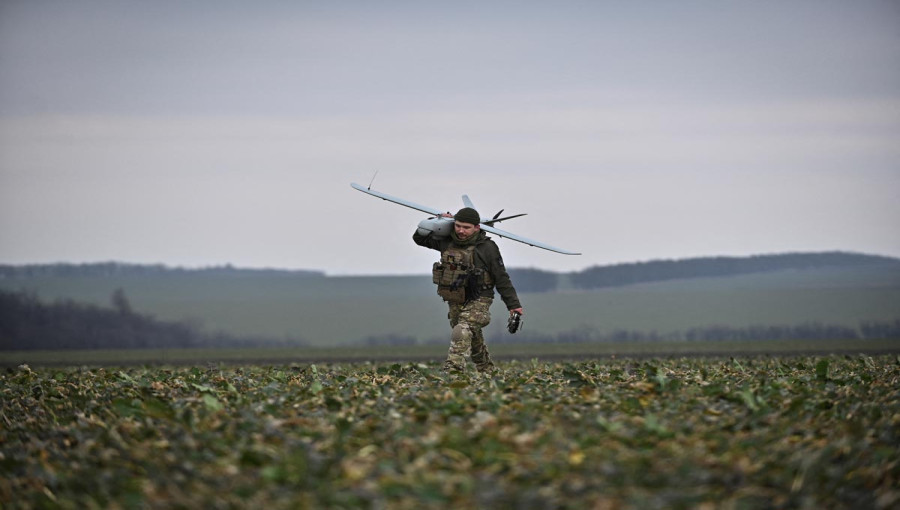



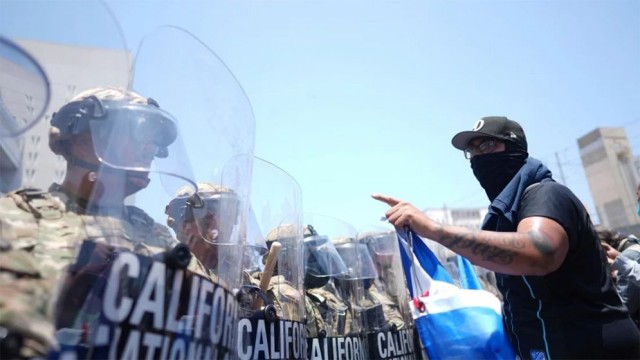
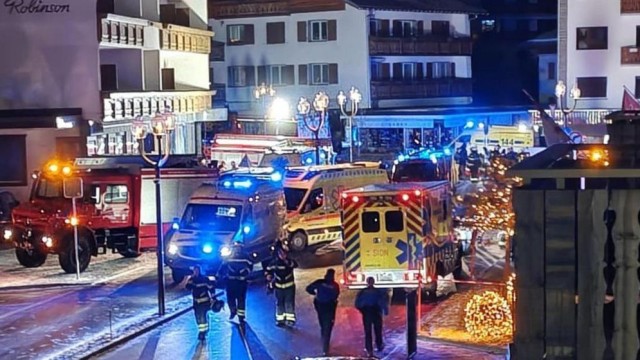
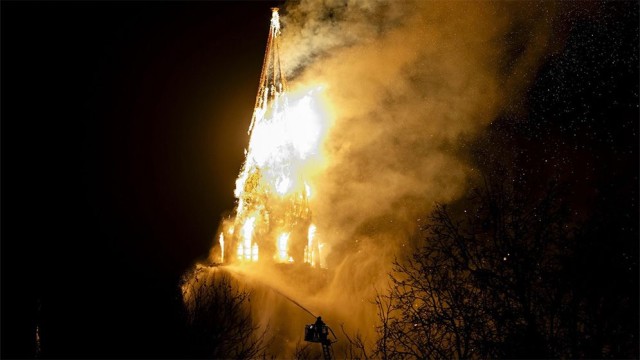
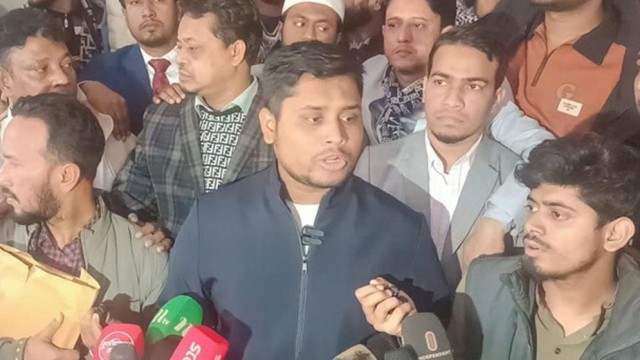
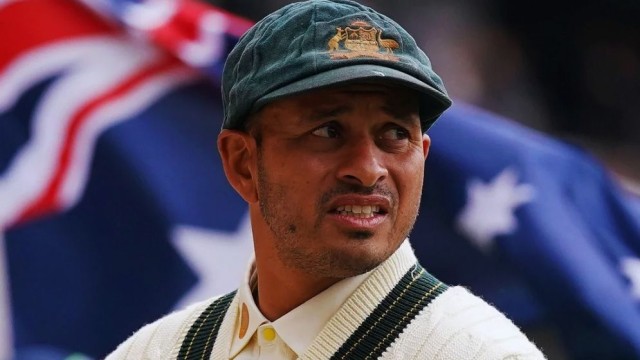

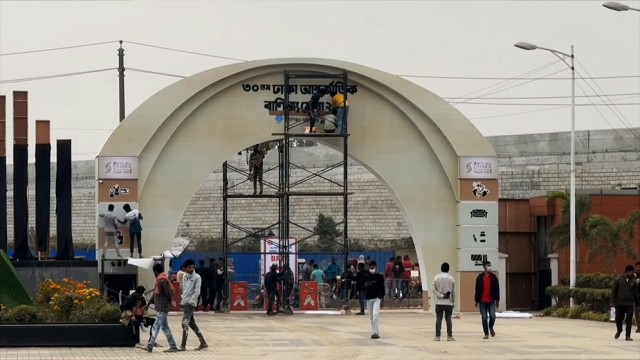


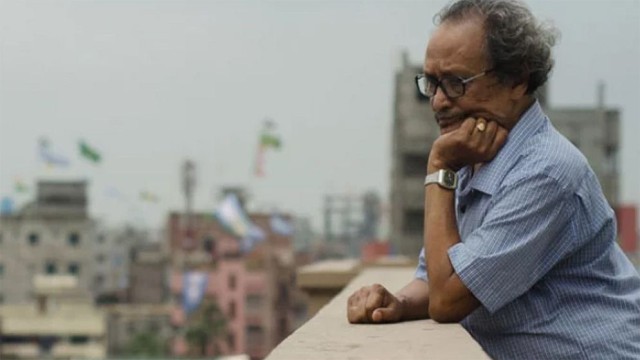
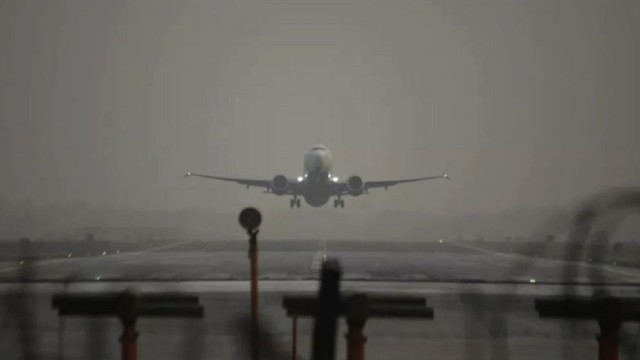





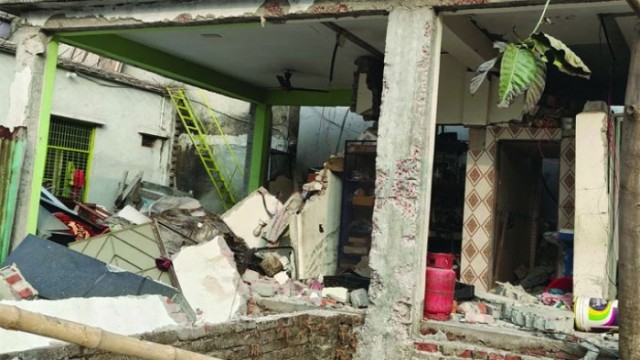

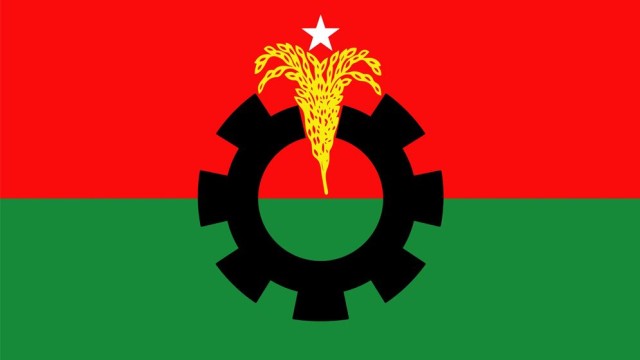


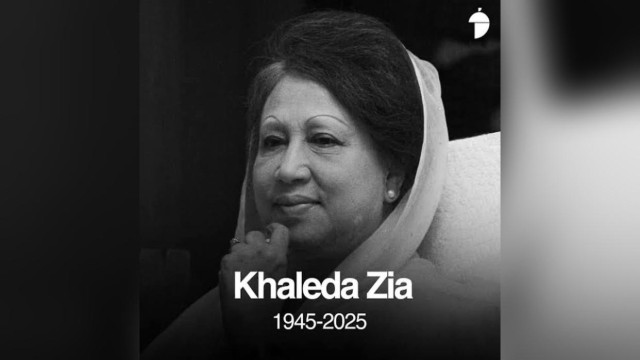

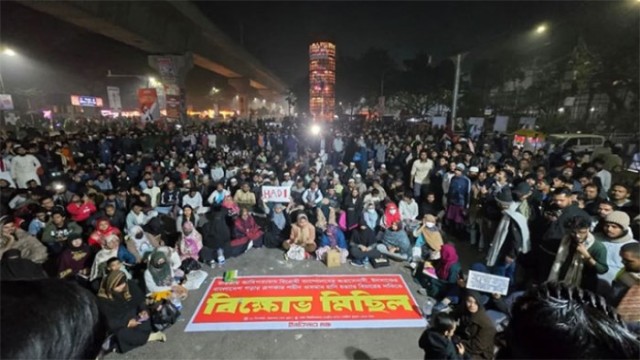
Comment: